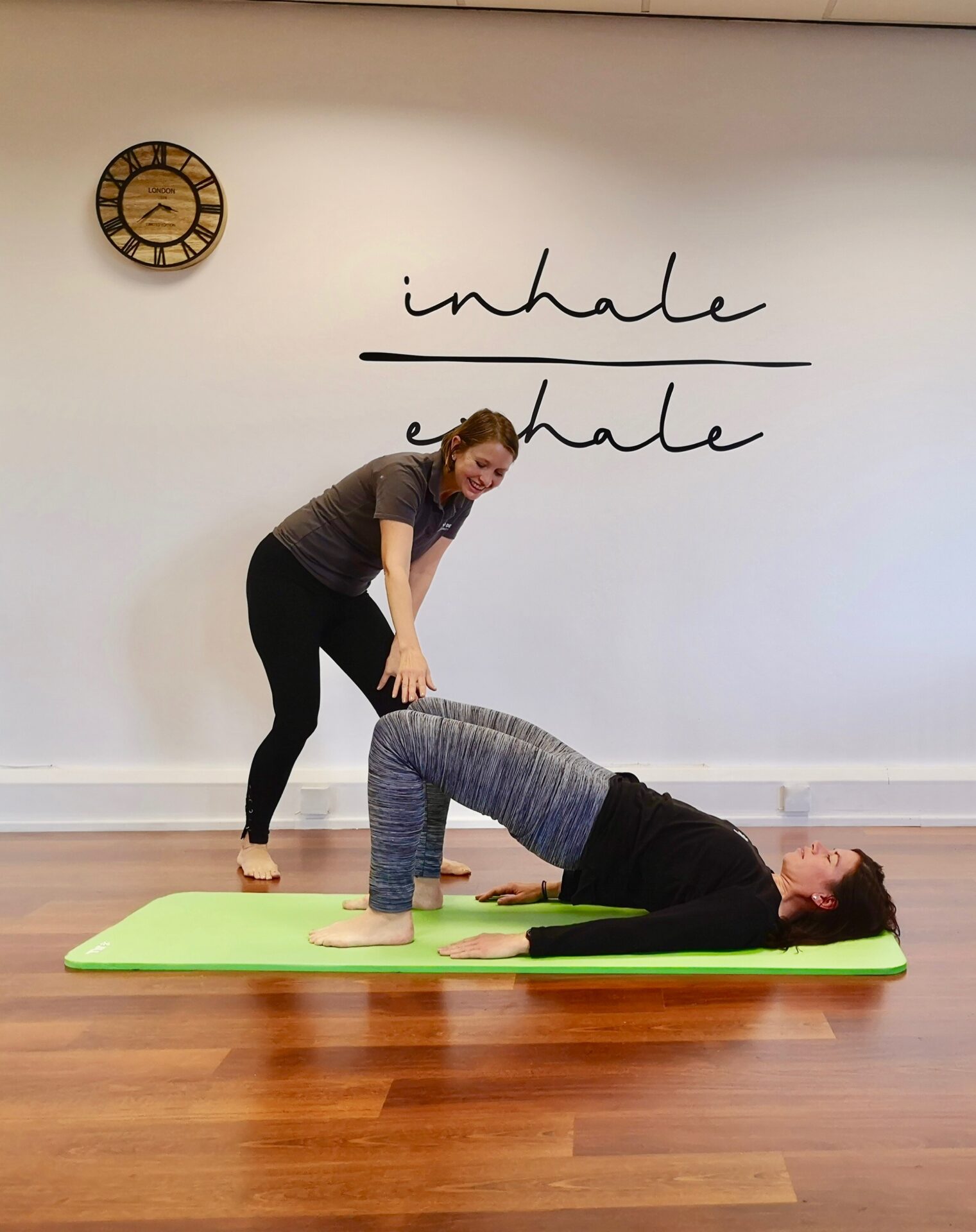Pilates Breathing
So two weeks have passed in my new Pilates classes, and there has been one common comment amongst my lovely Pilates ladies. “I’m not sure if I’m getting the breathing quite right?”
I know, its a tough one, but please don’t be too hard on yourself. It will come with practice; once you are more confident with the moves, the breath will come more naturally. The most important thing to remember is to just breathe. The worst thing you can do is hold your breathe as many people are in the habit of ‘bracing’ to get through a difficult part of an exercise. So long as you are focusing on full controlled breaths, you are doing well.
With that said, there are reasons Pilates tells you when to Inhale and Exhale and why Pilates uses ‘lateral thoracic breathing’ rather than ‘ diaphragmatic breathing’ a.k.a. belly breathing’
What is Lateral Thoracic Breathing Again?
Breathing is a big part of Pilates exercises and the type of breathing used is called ‘lateral thoracic breathing’, ‘intercostal breathing’ or just ‘lateral breathing’. It encourages the rib cage to move outwards and upwards while maintaining core engagement during different phases of a Pilates exercise.
The reason that lateral breathing is used in Pilates is to help maintain the abdominal contraction while the exercises are performed, as a stable and strong core is important to ensure the exercise is performed effectively and safely. Also, lateral breathing helps to mobilises the rib cage. Deep thoracic breathing moves the rib cage to its full potential, mobilising it, as a rib cage that is stiff could impede breathing.
There are several ways to test that you are breathing laterally but this is the one way we have practiced in class so far.
•Place the palms of your hands on your lower ribs along the sides of the body and touch your middle fingers together.
•Breathe in to the sides and back of the rib cage while maintaining an engaged core (transverse abdominus)
•Feel the rib cage expanding into the palms of the hands and see your middle fingers pull apart as you inhale and come together again as you exhale.
Inhale, Exhale
Sounds so simple, right? This is where I think most participants in class struggle so I’d like to give a bit of information as to why it is that I cue when to Inhale and when to Exhale and also give you a few guidelines as to how you can tell yourself when to do which. Inhaling helps us to prepare for an exercise or the strenuous phase of an exercise. Exhaling assists with engagement of the core, resulting in the increase of intra-
abdominal pressure. This pressure protects the spine during the strenuous phase. Cueing inhaling and exhaling at certain phases also ensures that you do not hold the breath, so really, I’m just reminding you to breathe.
I few tips:
•Exhale on your core work- Whenever you are doing the most difficult part of a move, which is usually when you are lifting your legs from the floor or doing an abdominal curl, exhale.
•Exhale on a spine twist- Releasing all air from your lungs allows you to have more space to twist further.
•Exhale on roll downs or roll forwards- If we’re rolling forwards and rounding our back, the exhale helps to squeeze all the air from the lungs
•Inhale on spine extensions/chest openers- If you use your inhale to open the chest and extend the thoracic spine you can increase your range of motion because of the way the ribs have to move as you breathe in.
•Breathe long sleepy breaths when you are holding a move, please don’t exhale and then hold your breath!
These are just a few tips and I’m sure I’ll have more as we move forward but it is a start.
As with most things in life, Pilates is a process, not a perfection, so as you are learning new exercises, I’m learning new ways to instruct. Just remember, the most important thing to do is breathe, the rest will come.

